ABSTRACT
This report presents a method and test results for human detection in mountain area especially from long range. In many cases of human detection procedures involve shape recognition procedures using template images or edge detection. However, there is a limitation of using such methods in mountain area due to the fact other objects like trees and grass may cover most of body parts. My method involves HSV transformations and clustering based on local maxima which is faster and accurate for my goal.
RELATED WORKS
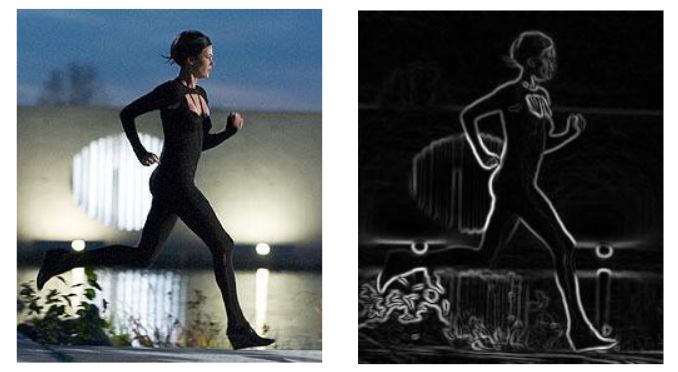
Figure 17 : Example of edge detection
This method would only work for simple image such as above image. The edge detection method would find many edges in mountain areas. Another method would be clustering method such as k means. This method calculates the distance from clusters to each point and keeps tracking those points to group together to specified number of clusters. So if RGB image is inserted as a input, the algorithm will sort each points to specified number of clusters based RGB value of each point. The sample image is at the next page.
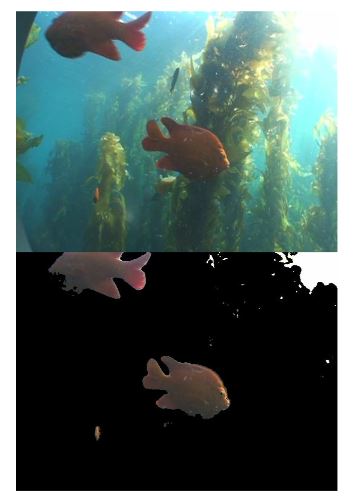
Figure 18 : Example for k means clustering
As you can see, K means clustering works pretty well if target object has clearly different RGB value. Unfortunately, when sample image was tested with this method, the result was unconvincing. Another method would be clustering method such as k means. This method calculates the distance from clusters to each point and keeps tracking those points to group together to specified number of clusters.
REQUIREMENT
The program must use relatively low resolution image
1. Many cameras don’t have high resolution features
2. High resolution image takes lots of memory
The program must be fast enough to be used in flying objects
1. The program is intended to be used for the camera inside of flying object such as helicopter
METHODS OVERVIEW
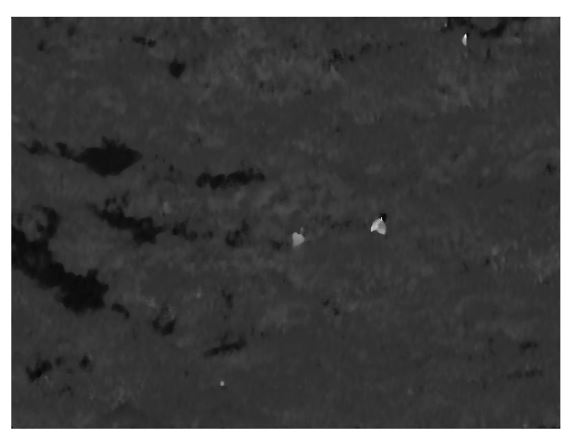
Figure 22 : Hue component only image
The above image show just hue component image. Brighter spots are correspondent to spots with higher hue values. Appropriate threshold must be set to select those spots that contain human but no other objects. And it must be the case that covers the most of picture taken at different setting with different people.
TEST PLANS
Images sets for tests were not found online. So test will be conducted using pictures taken by myself at the bishop mountain in San Luis Obispo. And the code was developed as I keep testing with example images. The possible restriction was set in order to develop algorithm.
IMPLEMENTATION
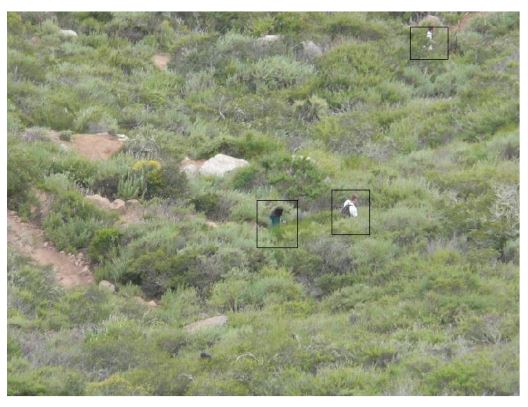
Figure 23: Sample RGB image for the test
The above image will be run by my code. This image is taken at the bishop peak mountain. The resolution is 600 x 800 pixels. People are marked by the box for the convenience to locate them (above picture is not the result of my program.) It would help if the information about the distance from target objects from where the picture is taken and the possible pixel sizes of human is known.
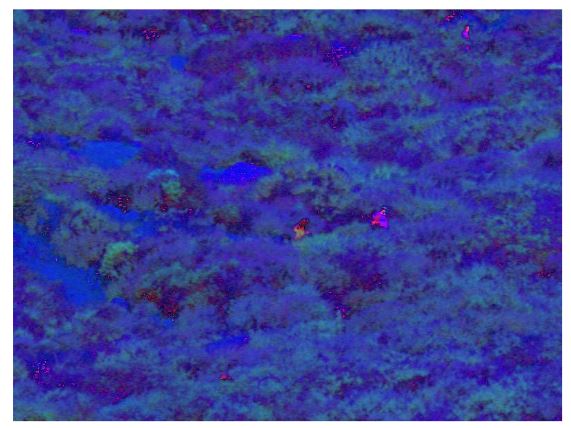
Figure 24 : HSV image
The above picture is the result of rgb2hsv transform. Although, humans seem distinguishable in the eyes, running k means clustering would not work (page 6). And as you can see, there are tiny red spots spread throughout in the image. Those will be cleared by the median filter. The median filter takes the part of the matrix and changes the values of all elements to median values.
TEST RESULTS
This program heavily depends on the input of users. In most cases, people will be found if they have high hue component which most people do. However, search can be limited if there’s shadow throughout the mountain or too dark that colors changes too much. Most daytime would work fine. So far, this program would not be practical to be used yet. Also, better sample data would have made the code more accurate.
CONCLUSION
The test result is not much satisfying. Using HSV transformation to detect was easier approach. However, the variation of background setting made it difficult to isolate only humans. There are possible solutions such as implementing object recognition based on the sample image or template to detect objects or isolate objects.
However, the speed of system could decrease due to complex procedures. Also, adding features in order to cover few problems that are only noticeable in few images can be was ting and also decrease the speed. In order to improve quality of the program, more and the better samples would be required. Since it is targeted to be used for pictures taken from aerial area, using samples that are collected in the mountain might not give accurate result.
Source: California Polytechnic State University
Author: Jong Park